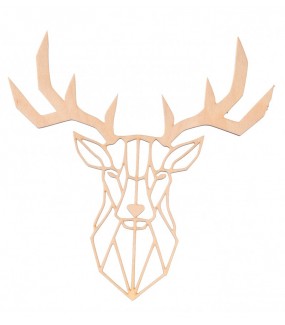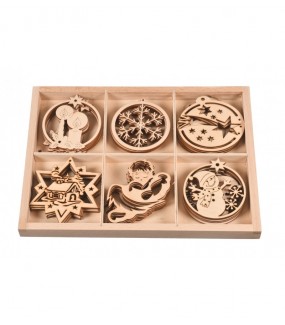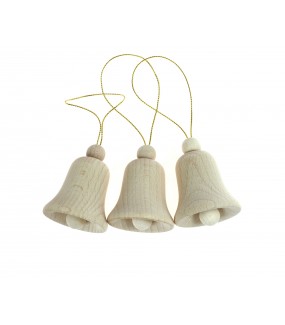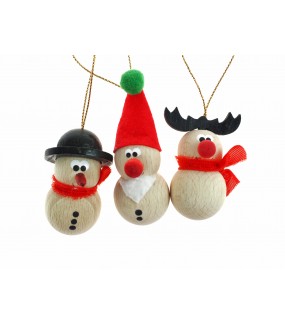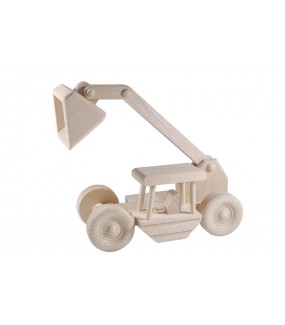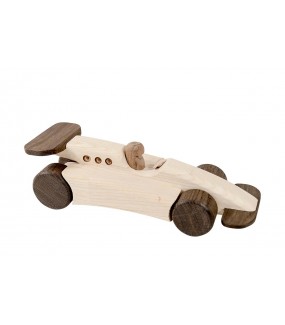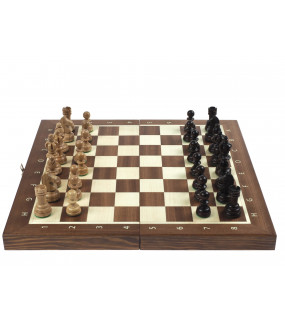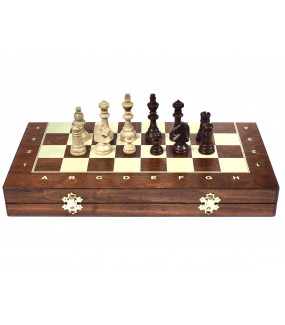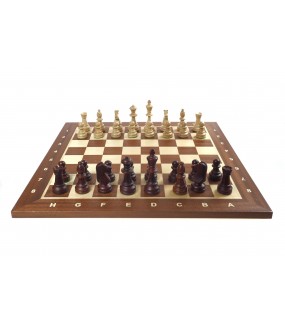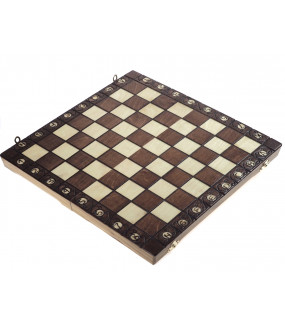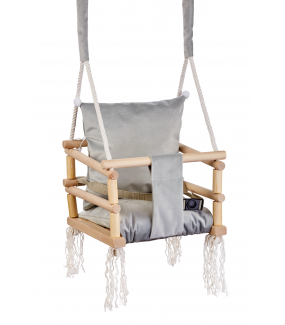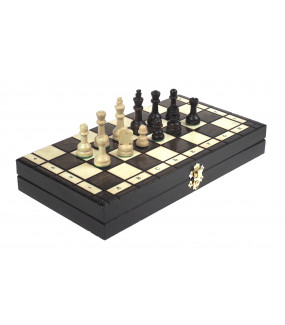-
Wooden Deer Wall...CHF7.90
-
Wooden Deer Wall...CHF28.90
-
Set of wooden...CHF49.18
-
Wooden Bell Christmas...CHF13.04
-
Decorative hanger set,...CHF12.03
-
Wooden Pendant Angel...CHF9.94
-
Wooden Deer Wall...CHF8.90
Wooden products, chess, toys, wooden furniture online store
Our offer includes solid wood chess, wooden games and toys for children,
rustic wood furniture as well as modern loft style wood furniture. Queen's Gambit As the Queen's Gambit series has become very popular recently, we temporarily changed our toughest opponent, Ann, and renamed her Beth (as in Beth Harmon, the heroine of The Queen's Gambit). Ann will be put off in a few days. Organize something A chess game is played on an 8x8 board where rows 1 through 8 are labeled "row" and columns "A" through "H" are called "files". The square marked "A1" should be black. The player controlling the white pieces places his pieces on positions 1 and 2, and the player playing with the black pieces places his pieces on positions 7 and 8. The pieces are placed on positions 2 and 7. The remaining pieces are placed on positions 1 and 8 as below, starting with line "A": rook, knight, bishop, queen, king, bishop, knight and rook. The player who has white goes first, and then the players alternate turns. Object of the game The game may end under the following circumstances: If your opponent's king is in danger of being captured, but your opponent has no move to prevent the capture, you have won. This is called "Check" when any player leaves the game. when a player takes his move for too long. On this page, we give each player 60 seconds to make each move and a total of 15 minutes to make each move before the game is lost. If the player's king is not in danger of being captured, but there are no legal moves anyway, the game is tied. The game also ends in a draw if any of the following occurs: Neither player has enough pieces to checkmate The same position on the board is repeated three times 50 consecutive turns have passed in which neither player has moved a pawn or captured a pawn Players agree to a tie Making a move The six pieces move as follows: The bishop can move diagonally by any number of squares. The rook can move any number of squares along the same rank or file. The queen may move any number of squares along the same rank, row, or diagonal. The knight moves to the nearest space that is not on the same rank, row, or diagonal. Basically the jumper moves in an "L" shape, two squares in a row or stack, and then one square perpendicular. The knight is the only piece that can jump over other pieces. The pawn moves one field along the line, always towards the opposite side of the board. The first time you move a pawn, you can move two squares along the file instead of the one that does it. A pawn can capture a piece only diagonally in the direction of its movement, not along the line it is currently moving. The king can only move one square in any direction, except in castling (see below). The king can never put himself in check. Checking the King When a player makes a move in which any of his pieces threaten to capture his opponent's king on the next turn, the king is said to be in check. The chess player must make a move that causes the check to be cleared; this could be taking the king out of the way, capturing a threatening piece, or placing a piece between the king and the threatening piece. The player who did not make a legal move beyond check has lost the game (including the checkmate). A player may be called by multiple pieces at once and must come out of all chess at the same time. The player cannot remain in check. A player may never make a move that results in his king being in check.
-
- New
Beech Wood ExcavatorCHF29.90 -
- New
Model F1 car made of woodCHF24.90
-
-
Chess „Turnier”CHF73.00
-
Chess „Magnetische groß“CHF89.90
-
-
-
Professional...CHF155.00
-
Chess Mini AmbasadorCHF72.00
-
-
-
Cage swing grey 3in1CHF85.90
-
Cage swing greyCHF69.90
-
-
-
Wood Chess „Schulschach“CHF36.90
-
Tractor Max with...CHF41.05
-
HOLZECKE SZAFRANIEC
tel. +41 76 229 99 49
email. info@holzecke.ch




